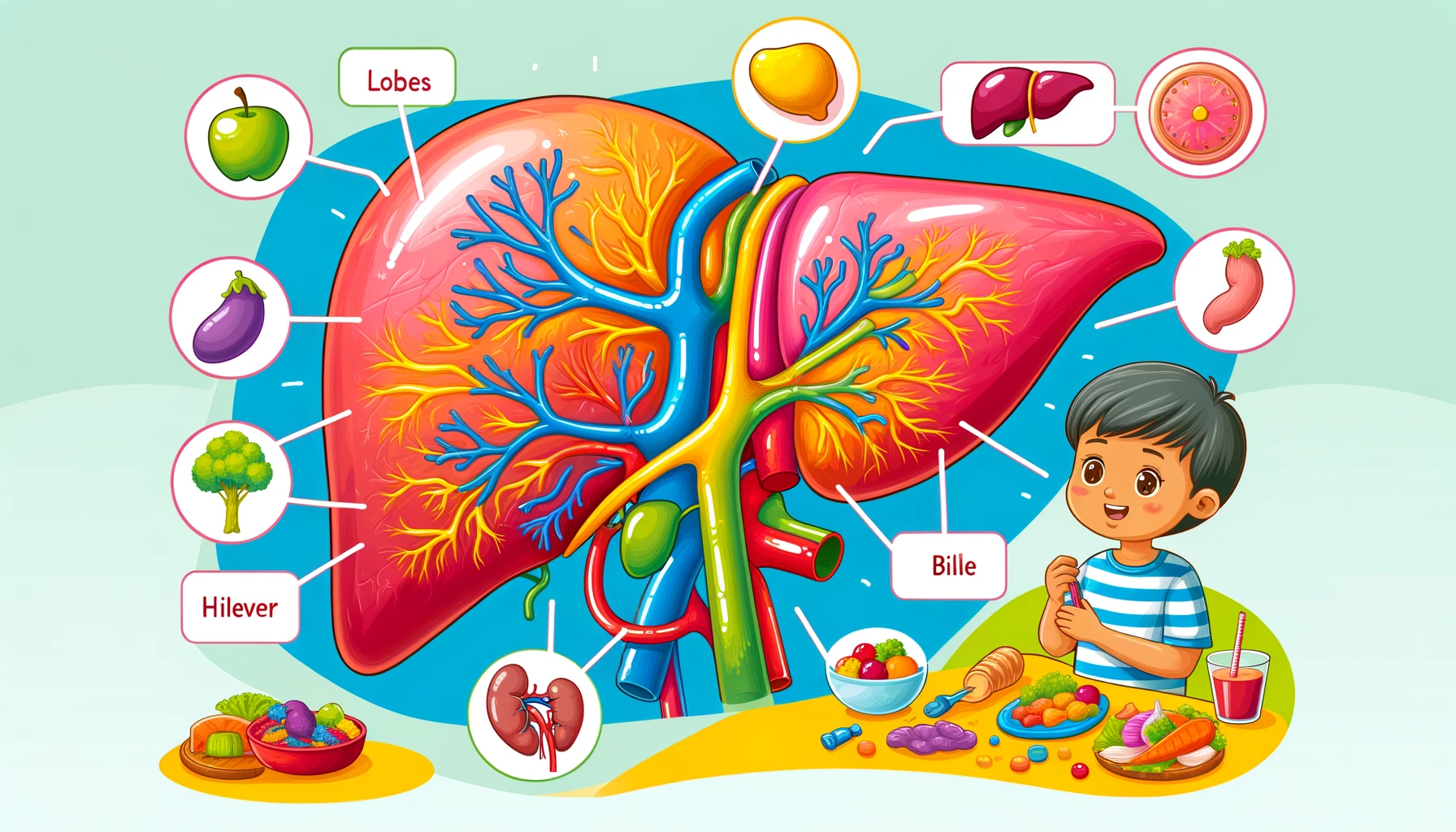How the Liver Works: Functions and Importance
How the Liver Works: Functions and Importance
Table of Contents
- Introduction to the Liver
- Anatomy of the Liver
- Functions of the Liver
- Role in Metabolism
- Role in Detoxification
- Bile Production and Digestion
- Common Liver Disorders
- Importance of Liver Health
- Conclusion
- References
How the Liver Works: Functions and Importance
Introduction to the Liver The liver is one of the most vital organs in the human body, playing a crucial role in various metabolic processes, detoxification, and digestion. This article explores how the liver works, highlighting its anatomy, functions, and importance in maintaining overall health.
Anatomy of the Liver The liver is a large, reddish-brown organ located in the upper right quadrant of the abdomen, just beneath the diaphragm. It has two primary lobes: the right lobe and the left lobe. Key anatomical features include:
- Hepatocytes: The main functional cells of the liver, responsible for a variety of metabolic processes.
- Bile Ducts: Channels that transport bile from the liver to the gallbladder and small intestine.
- Blood Supply: The liver receives oxygenated blood from the hepatic artery and nutrient-rich blood from the portal vein, which comes from the digestive organs.
Functions of the Liver The liver performs several essential functions that support overall health:
- Metabolism of Nutrients: The liver processes carbohydrates, proteins, and fats absorbed from the digestive tract.
- Detoxification: It filters and detoxifies harmful substances from the blood, including drugs, alcohol, and environmental toxins.
- Bile Production: The liver produces bile, which aids in the digestion and absorption of fats.
- Storage: It stores glycogen (a form of glucose), vitamins, and minerals, releasing them into the bloodstream as needed.
- Synthesis of Proteins: The liver synthesizes essential proteins, including albumin and blood clotting factors.
- Immune Function: It helps regulate immune responses and contains immune cells that detect and fight pathogens.
Role in Metabolism The liver plays a central role in the metabolism of carbohydrates, proteins, and fats:
- Carbohydrate Metabolism: The liver maintains blood sugar levels by converting excess glucose into glycogen for storage (glycogenesis) and breaking down glycogen into glucose when needed (glycogenolysis). It also produces glucose from non-carbohydrate sources (gluconeogenesis).
- Protein Metabolism: The liver synthesizes non-essential amino acids and converts excess amino acids into urea for excretion. It also produces plasma proteins such as albumin and clotting factors.
- Fat Metabolism: The liver breaks down fatty acids to produce energy, synthesizes cholesterol and lipoproteins, and converts excess carbohydrates and proteins into fats for storage.
Role in Detoxification Detoxification is one of the liver’s most critical functions:
- Metabolism of Drugs and Toxins: The liver processes and neutralizes various drugs and toxins, making them easier for the body to excrete.
- Alcohol Metabolism: The liver breaks down alcohol into less harmful substances through enzymatic reactions, primarily involving the enzyme alcohol dehydrogenase.
- Ammonia Detoxification: The liver converts ammonia, a toxic byproduct of protein metabolism, into urea, which is then excreted by the kidneys.
Bile Production and Digestion The liver produces bile, a digestive fluid essential for fat digestion and absorption:
- Bile Composition: Bile contains bile salts, cholesterol, bilirubin (a byproduct of red blood cell breakdown), and other substances.
- Bile Storage and Release: Bile is stored in the gallbladder and released into the small intestine when needed to emulsify fats, aiding their digestion and absorption.
Common Liver Disorders Several disorders can affect the liver, leading to various symptoms and health issues:
- Hepatitis: Inflammation of the liver, often caused by viral infections (hepatitis A, B, C), alcohol abuse, or autoimmune conditions.
- Cirrhosis: Scarring of the liver tissue due to chronic liver damage, often resulting from long-term alcohol abuse, hepatitis, or fatty liver disease.
- Fatty Liver Disease: Accumulation of fat in liver cells, which can be alcohol-related (alcoholic fatty liver disease) or non-alcohol-related (non-alcoholic fatty liver disease).
- Liver Cancer: Malignant tumors in the liver, often associated with chronic liver disease or hepatitis infections.
Importance of Liver Health Maintaining liver health is essential for overall well-being:
- Healthy Diet: Consuming a balanced diet rich in fruits, vegetables, whole grains, and lean proteins supports liver function. Avoiding excessive alcohol, processed foods, and high-fat diets helps prevent liver damage.
- Regular Exercise: Physical activity promotes healthy liver function and helps maintain a healthy weight, reducing the risk of fatty liver disease.
- Hydration: Drinking plenty of water aids in the liver’s detoxification processes.
- Avoiding Toxins: Limiting exposure to environmental toxins, harmful chemicals, and unnecessary medications can reduce the liver’s workload.
- Regular Check-ups: Routine medical check-ups and liver function tests can help detect liver issues early and prevent complications.
Conclusion Understanding how the liver works is crucial for appreciating its vital role in metabolism, detoxification, and digestion. The liver’s diverse functions make it essential for maintaining overall health. By adopting healthy lifestyle habits and being mindful of potential liver stressors, individuals can support their liver’s function and prevent common liver disorders.

<ⓒ WizardMedics (wizardmedics.com)>






